In today’s newsletter podcast (above), we get tips on starting a wildflower garden from Marina LaForgia, of the Gremer Lab at UC Davis. LaForgia, a 2019 PhD graduate of Davis, is now doing research on seed dispersal and persistence. If you live in an area of the country where you can plant wildflowers or cover crops in the fall, especially in a drought-prone area, you’ll want to listen.
Thinking about planting cover crops this fall? The range of cover crop success in the U.S. is rather wide: USDA Zones 10 down to 6B. According to a cover crop study conducted by the Natural Resources Conservation Service in Pullman, Washington (USDA Zone 6B), it really depended on how cold it gets in a particular winter. Peaceful Valley Farm Supply has a cover crop solutions chart that lists many varieties that are reported to take the cold down to 25 degrees.
A very informative video from Peaceful Valley Farm Supply about planting wildflower seeds can be found here. (Note: Peaceful Valley is not an advertiser here. They just know their stuff. That’s good enough for me.)
What’s Your USDA Zone?
Want more zone details? Here’s a link to an eye-numbingly detailed USDA Zone Map from Wikipedia.
Fall is for Sowing Cover Crops and Wildflowers. But Should You Wait for the Rain?
Early fall - October through mid-November - is usually the time for planting a wildflower garden or sowing cover crop seeds on your bare garden beds here in USDA Zone 9, including most of California. “Usually” being the operative word; “rain” being the wild card. You can increase the chances of germination if the soil bed is prepared by thoroughly moistening it to depth of a few inches. Follow that up with weekly, thorough irrigations until the seeds sprout. However, the shorter, cooler days of October sometimes can fool a gardener into not watering enough, thinking that the rains will soon be coming.
Some native plant experts, such as LaForgia, say to wait for the rains before planting wildflower seeds. That event seems to be a long way off, especially with temperatures lately reaching the 90’s. In that wildflower video from Peaceful Valley, Trish recommends waiting until after the first hard frost in her area, which, because of the hilly terrain of Nevada City, could be anywhere from USDA Zones 9B to 7B. This will help the seeds achieve winter dormancy, and then come alive in the following Spring.
Meteorologists seem divided on what the next three or four months will bring to much of the U.S., especially for Northern California: no rain until heavy storms begin in late December (according to Weather West meteorologist Daniel Swain); a typical amount of rain, over the next 90 days (the National Weather Service’s Climate Prediction Center); or, we don’t know: “Quite a bit of uncertainty exists during the upcoming 4-months due to widely varying oceanic-atmospheric teleconnection patterns that should create highly changeable weather patterns.”(National Interagency Fire Center).
Again, you can try to plant seeds of some wildflowers and cover crops now... Just keep the soil bed moist (not soggy) until germination. And if no rain has begun by that time, irrigate weekly.
Peaceful Valley Farm Supply in Nevada City, who are the cover crop experts in the Sierra foothills, urges their customers to plant cover crops at the correct time, rain, or no rain: “Do not delay planting to wait for the rain. It is better to have the seed in the ground waiting for the rain than to plant after fall rains begin. If possible, irrigation should be applied immediately after planting. The irrigation should be long enough to at least wet the soil to one to two inches below the seeding depth, with two or three subsequent irrigations to supplement the early growth if rains don’t happen in the Fall. The more growth these cover crops make in the Fall, the better.”
In the University of California publication, “Cover Cropping in Home Vegetable Gardens”, Sacramento County Master Gardener Gail Pothour explains that a cover crop is planted for the purpose of improving soil quality and nutrition as well as attracting beneficial insects. Cover crops add nitrogen to the soil, improve water penetration (due to long roots), suppresses weeds, and adds organic matter to the soil. Drawbacks to cover crops may be obvious, some not so obvious. Although you are taking a portion of the garden out of production of cool season vegetables and flowers, you are improving the soil. The not-so-obvious drawback: cover crops can be a bit of work in late winter and early spring. For maximum benefits, cover crops need to be cut back as flowering begins to keep that nitrogen in the soil. Then, the entire plants need to be chopped into little pieces and worked into the soil for maximum benefits three to six weeks before planting your spring vegetables or flowers.
In addition to clover, Pothour suggests using bell or fava beans as a cover crop. “For an upright cool season cover crop that is easy to cut down in the spring, use bell beans, or fava beans,” explains Pothour. “The large, round, flat-seeded ‘horse bean’ or fava bean plants are nearly identical to bell bean plants, but bell beans are usually planted as a cover crop because the seed is smaller and therefore cheaper. Of course, you can use fava beans as a cover crop, but remember that a fair amount of nitrogen (in proteins) will be removed when you harvest the seed, making less nitrogen available for the succeeding crop.” For best results, cut back the bean plants when they begin to flower if your goal is soil improvement.
Thanks for reading Beyond Basics: The Garden Basics with Farmer Fred Newsletter! Subscribe for free to receive new posts and support my work.
Thank you for also listening to the Garden Basics with Farmer Fred podcast! It’s available wherever you get your podcasts. Please share it with your garden friends.
Fred Hoffman is also a University of California Cooperative Extension Master Gardener in Sacramento County. And he likes to ride his bike(s), despite the flat tires, due to Humboldt County potholes.

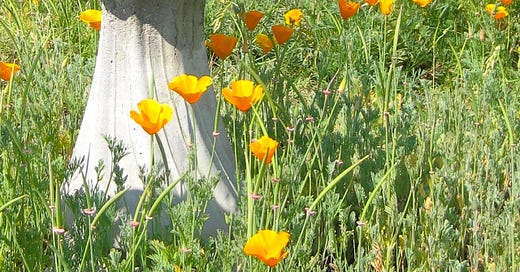




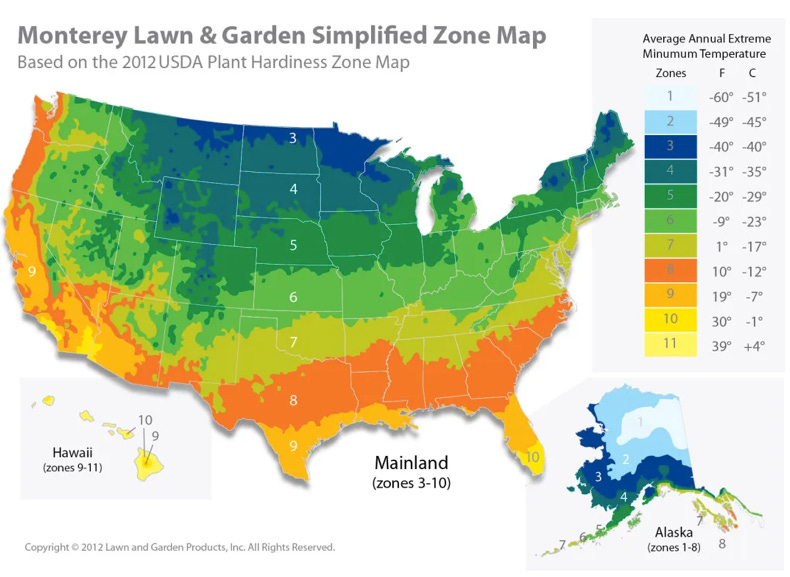

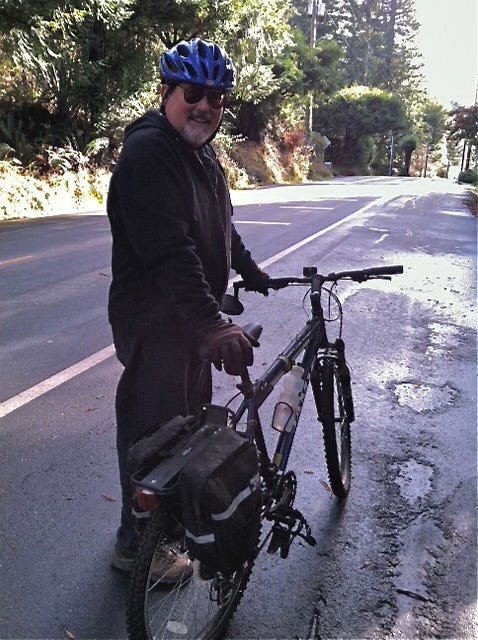


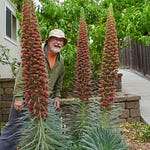

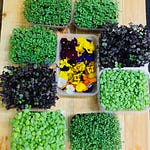
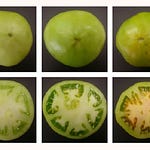

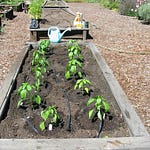
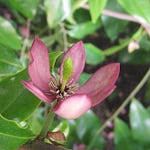
Share this post